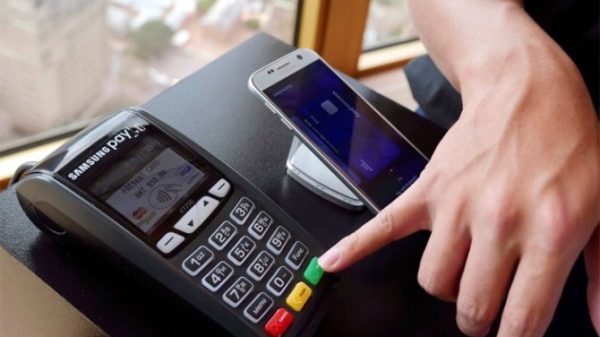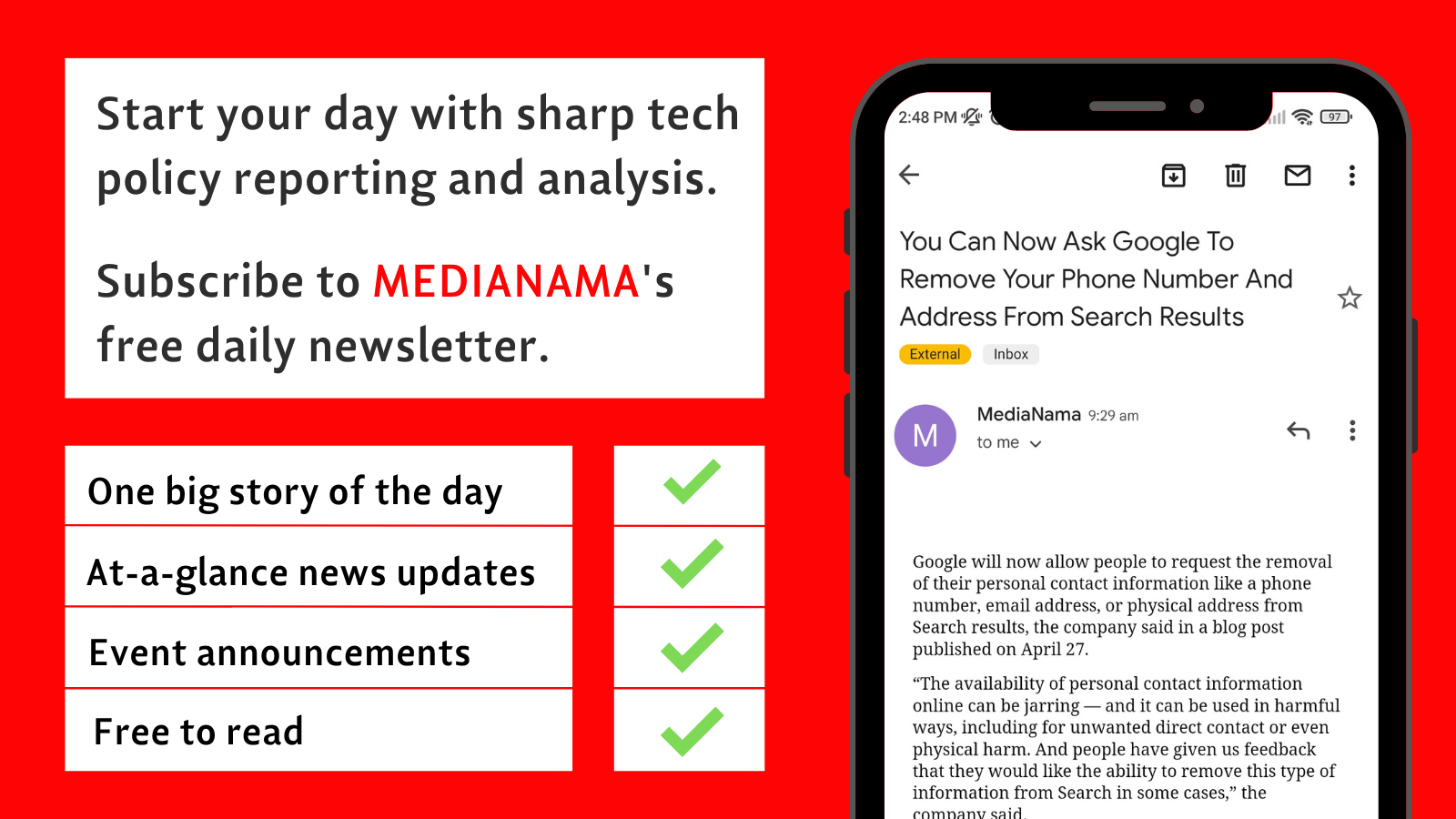After carrying a grocery order weighing 15-20kg on his bike and taking the stairs to deliver it to the third floor, Raj (alias), a delivery partner, told MediaNama that he will just make Rs 15 on that order, as compared to Rs 25 that he used to make earlier. This doesn’t include deductions of other expenses like the cost of fuel.
Blinkit’s services are disrupted in several regions of Delhi and NCR, several news reports and our interactions with delivery executives suggest. Blinkit delivery partners are protesting against the reduction in the compensation they earn when delivering orders.
As per the new rates shared by delivery partners, they get a minimum of Rs 15 for delivering an order within 1 km. And if their travel distance exceeds 1 km, they get an additional per km earning which ranges from Rs 10 to Rs 14. Check out the rate card of what they’re getting paid below. The delivery executives we spoke to told us that most of their orders are within the 1km distance and it would only fetch them Rs 15.
STAY ON TOP OF TECH POLICY: Our daily newsletter with top stories from MediaNama and around the world, delivered to your inbox before 9 AM. Click here to sign up today!
The “Extra Offers” column in the rate card suggests that if a delivery partner makes Rs 200 during peak hours (6 am to 12 pm), he will get an additional benefit of Rs 80. This means that for example, if a partner delivers about 14 orders, all within a 1 km distance, within the 6 hours of peak time mentioned above, he would make Rs 210 and thus would be entitled to an additional benefit of Rs 80.

Protests ongoing
Protests against the changes in delivery compensation are ongoing and Blinkit delivery services remain disrupted in several areas in Delhi, Raj informed us. He said that their managers had straight away told them to either work on these new rates or stop working. “When we delivery partners were protesting, our store manager was calling the police,” Raj added. He said that their seniors are not taking these protests very kindly and accounts of some of the delivery partners were blocked because they were protesting.
See visuals from the protests below.
Daily income of Blinkit delivery executives
Irfan (alias), a Blinkit delivery executive, informed us that when he was working with Blinkit earlier (when it was called Grofers), he was earning Rs 50 per order. When the company transitioned its name to Blinkit, its earnings were reduced to (on average) Rs 25 per order. Now, under Zomato’s leadership, the earnings have further reduced to (on average) Rs 15 per order, he added.
Irfan said that until now, he was able to make about Rs 1,200 a day if he worked for 12 to 14 hours a day. This would translate to a monthly income of Rs 30,000 if he took 5 days off from work. Out of this 30,000, about Rs 9000 goes towards petrol expenses and about Rs 1500 towards eating outside, both Irfan and Raj said. They have no other choice than to eat lunch outside while they’re on the run, delivering orders, hence the expense of food.
After deducting these expenses, they’re left with around Rs 19,500 per month after working 12 to 14 hours a day. This translates to an average daily net income of Rs 650 and an average hourly net income of Rs 50.
Please note that these numbers are based on the details shared by Irfan and Raj. Both were contacted separately and they shared similar numbers.
Poor working conditions of delivery partners
The delivery executives MediaNama spoke to did not shy away from expressing their displeasure over the reduced compensation, and the way they are treated by their company and its customers. Here’s what they said:
- Delivering packages weighing 15 kgs is tough: Raj said that they often have to fulfil orders like this: 5kg of rice, 5 kg of flour, 5 kg of veggies, few other food and cleaning items, all in one order. They have to carry weights that range from 10 kg to 20 kg quite often and thus, this is completely different from delivering food from a restaurant. Carrying heavy weight also leads to back pain, Raj said.
- Delivery agents have to walk 3-4 floors to deliver orders: These packages of 10kg to 20kg often have to be delivered to the 4th or 5th floors. “We have to walk 4-5 floors carrying 15 kg orders. And for this, we will now get paid Rs 15. Just for transporting this weight from the ground floor to the 4th floor people will charge you Rs 15, and we’re actually burning our petrol and delivering the order to customers. Do you think this is fair?” Irfan questioned rhetorically.
- Delivery partners not allowed in lifts: Raj told us that even when a building has a lift, they’re often not allowed because it is reserved for residents. “Us, delivery partners, then have to walk 7 floors to deliver the order,” Raj said.
- Poor behaviour of customers: Raj narrated an instance where a customer threw a Rs 200 note at his face and slammed the door because he did not have the change in cash. “Is it my responsibility to give change to every customer to whom I deliver an order? How will I get so much change”, he questioned.
Why it matters: Gig workers work in a largely unregulated environment and are often paid on the basis of the number of orders they fill (or the number of rides they complete), rather than a fixed wage. This leaves less scope for work benefits like casual leaves, festival leaves, health and life insurance, and other employment perks. Fairwork India, in its report, rated Zomato (Blinkit’s parent company) 4/10 in terms of the working conditions provided to its gig workers, MediaNama reported. The poor working conditions of gig workers remain a key issue for urban India, which is increasingly becoming dependent on the gig economy for hiring a cab, food delivery, grocery delivery, shopping and more. In a report, Niti Ayog said that gig workers should be offered health insurance, paid leaves, pensions, retirement benefits, and more, in order to improve their working conditions.
Looking at the financials: Blinkit was acquired by Zomato for over half a billion dollars. Its revenue in FY21 was Rs 2,700 Cr and its loss stood at over Rs 550 crore. Its accumulated loss, which is the loss piled up over the years, stood at over Rs 6,100 crore. With such huge losses mounted over a period of time, Blinkit will have to look at ways of increasing its profitability at some point in time. This recent move seems like a cost cutting measure aimed to do just that.
“But in the process of making the company profitable, will the CEO, senior officials, managers, team leaders also take a pay cut? Why are they only asking us to take a pay cut?”, said Raj.
The real names of the delivery executives have been withheld upon their request.
This post is released under a CC-BY-SA 4.0 license. Please feel free to republish on your site, with attribution and a link. Adaptation and rewriting, though allowed, should be true to the original.
Also read:
- Gig Workers Approve Fairwork’s Low Ratings For Platforms; Here’s Why
- Women Gig Workers Demand Minimum Business Guarantee From Aggregator Companies
- How Does The New Data Protection Bill Affect Platform Gig Workers?
- Niti Aayog’s Recommendations On How To Improve Benefits And Social Security For Gig Workers
































